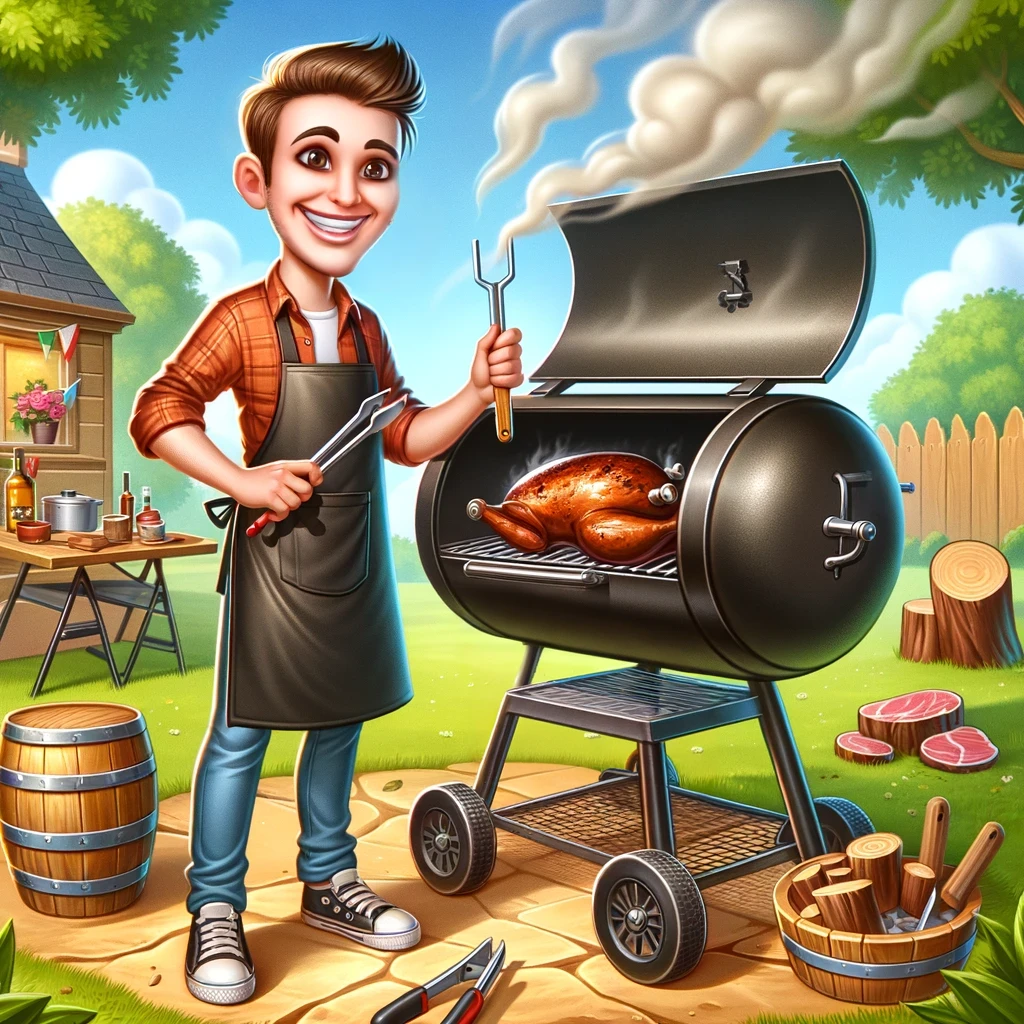
Introduction
Low and slow cooking is the cornerstone of authentic BBQ. This method involves cooking meat at low temperatures for extended periods, allowing the flavors to develop and the meat to become incredibly tender. Whether you’re a BBQ novice or an experienced pitmaster, mastering low and slow cooking can transform your BBQ skills and delight your taste buds.
Why Low and Slow?
The low and slow method offers several advantages:
- Flavor Development: Cooking meat slowly at low temperatures allows the natural flavors to intensify and the smoke to penetrate deeply, resulting in a rich, smoky taste.
- Tenderness: Extended cooking times break down the collagen in tougher cuts of meat, making them tender and juicy.
- Even Cooking: Low temperatures ensure that the meat cooks evenly, reducing the risk of burning or drying out.
Essential Equipment
To master low and slow cooking, you’ll need the right equipment. Here are some essentials:
- Smoker or Grill: A dedicated smoker is ideal, but you can also use a charcoal or gas grill with indirect heat. Gravity fed smokers are particularly effective for maintaining consistent low temperatures.
- Thermometer: An accurate meat thermometer is crucial for monitoring internal temperatures.
- Wood Chips or Chunks: Choose wood varieties like hickory, apple, or cherry to add flavor to your smoke.
- Water Pan: Placing a water pan in your smoker helps maintain moisture and stabilize temperatures.
Choosing the Right Cuts
Certain cuts of meat are better suited for low and slow cooking. Here are some top choices:
- Brisket: A BBQ classic, brisket requires patience but rewards you with rich, flavorful meat.
- Pork Shoulder: Ideal for pulled pork, pork shoulder becomes incredibly tender when cooked low and slow.
- Ribs: Both pork and beef ribs benefit from extended cooking times, developing deep flavors and tender texture.
- Chuck Roast: Often used for pot roast, chuck roast becomes succulent and flavorful when smoked low and slow.
The Process
- Preparation: Start by trimming excess fat from your meat and applying a dry rub or marinade. Let the meat sit in the refrigerator for several hours or overnight to absorb the flavors.
- Setting Up Your Smoker: Preheat your smoker to a temperature between 225°F and 250°F. Add your choice of wood chips or chunks to create smoke. Place a water pan in the smoker to maintain moisture.
- Cooking: Place the meat in the smoker, away from direct heat. Insert a meat thermometer to monitor the internal temperature. Maintain a steady temperature by adjusting the vents and adding fuel as needed. The cooking time will vary depending on the cut and size of the meat but expect several hours for most low and slow recipes.
- Monitoring: Check the meat periodically, but avoid opening the smoker too often as it can cause temperature fluctuations. When the internal temperature reaches the desired level (e.g., 195°F to 205°F for pulled pork), it’s ready.
- Resting: Once the meat reaches the target temperature, remove it from the smoker and let it rest for at least 30 minutes. This allows the juices to redistribute, ensuring moist and flavorful results.
Tips for Success
- Patience is Key: Low and slow cooking requires time and attention. Resist the urge to increase the temperature to speed up the process.
- Control the Smoke: Too much smoke can overpower the meat. Aim for thin, blue smoke rather than thick, white smoke.
- Maintain Moisture: Keep an eye on the water pan and refill it as necessary to prevent the meat from drying out.
- Experiment with Flavors: Try different wood types, rubs, and marinades to create unique flavor profiles.
Conclusion
Mastering the art of low and slow cooking can elevate your BBQ skills and bring out the best in your meats. With the right equipment, cuts, and techniques, you can achieve tender, flavorful results that will impress your family and friends. Embrace the patience and precision required for low and slow cooking, and enjoy the delicious rewards it brings.
For more tips, recipes, and BBQ inspiration, visit BBQEquip.com and join our community of BBQ enthusiasts. Happy smoking!


